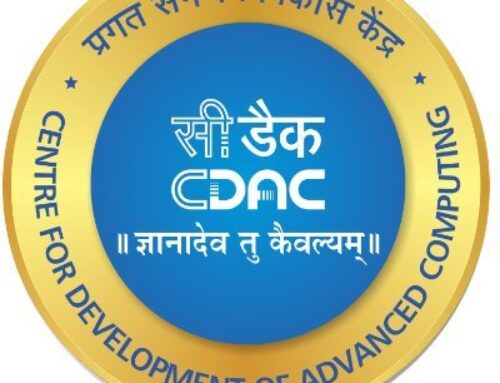How We Destroy Data Gravity With Tantor
For over 8 years, every client we have talked to has had the same issue. Data gravity is the biggest, and the most common challenge faced by organizations that wish to leverage data. It delays insights, hinders data-driven decisions, and drastically increases the cost of ownership and maintenance. Their time-to-market is significantly increased and creating data products has become a time-consuming expensive affair. These issues are further exacerbated by the lack of skilled data engineers.
Data is dispersed across databases, warehouses, lakes, and other sources on-prem and across cloud providers. Over time, these silos gather enough gravity to hinder data movement. Instead, they start pulling applications and services towards it, forcing organizations to create new opportunities within the confines of that silo.
As a result, business users must access bits and pieces of data from different silos and then try to combine them for the bigger picture. This method is not only time-consuming but also requires highly skilled data engineers and analysts.
Additionally, organizations struggle with data quality, compliance, and security due to the lack of unified data governance. Each silo is governed separately, with different polices. This leads to inconsistent data, regulatory fines, breaches, and reduced trust in data and analytics.
To overcome this challenge, organizations usually create a data lakehouse for a single source of truth. A huge amount of data is then moved using resource extensive methods. Organizations spend resources on creating new storage, hiring skilled engineers, mapping and moving the data. Unfortunately, this creates even more gravity, pulling more applications and services towards it. The lakehouse ends up as just another source instead of becoming the single source of truth. All the resources invested in creating the lakehouse is lost on a solution that does not actually solve the root of the problem: data gravity.
We wanted to enable organizations to break free from this gravity. We wanted to free them from the shackles of gravity that held them down, delayed their insights, complicated their governance, created difficulties in compliance, and significantly increased their time to market. We wanted to empower organizations to create new data products, leverage real-time insights, and more importantly, choose whichever vendor worked for them the best.
We created Tantor to free people, applications, and services from data gravity.
With its data federation, you can now access all of your data without a skilled data engineer. Unlike older solutions, Tantor does this without moving anything, i.e., you do not need to buy additional storage or hire engineers to move your data. It simply queries the required data and provides the results to the user. Business users, junior data engineers, and analysts can get real-time data without significant coding efforts.
Tantor also offers unified governance for consistent data governance across all data sources. This approach to governance enhances data quality, compliance, and security, building trust in the data and its use.
Furthermore, Tantor democratizes data access and data science, making data-driven insights accessible to a broader range of users within an organization. By empowering more users to engage with data directly, Tantor fosters a culture of data-driven decision-making and innovation.
Tantor is unique in the sense that it combines query federation, low-code interface, and industry-specific data models. Unlike other competitors, Tantor allows users to get data from disparate sources in real-time. And business users can directly access data with low-code/no-code interface. This significantly reduces time-to-insight and democratizes data. Since the need for migrating and storing data is also eliminated, the total cost of ownership is reduced, and return on investment is exponentially increased. This approach completely eliminates data gravity, and the problems associated with it.
With Tantor, businesses can control their complete data infrastructure at low costs. They can freely create new data products, get real-time insights, and grow seamlessly.







